Technologies
iOS 16.4 Beta 3: New Features Public Beta Testers Can Try Now
Public beta testers can try new emoji, changes to Apple Podcasts, and more.
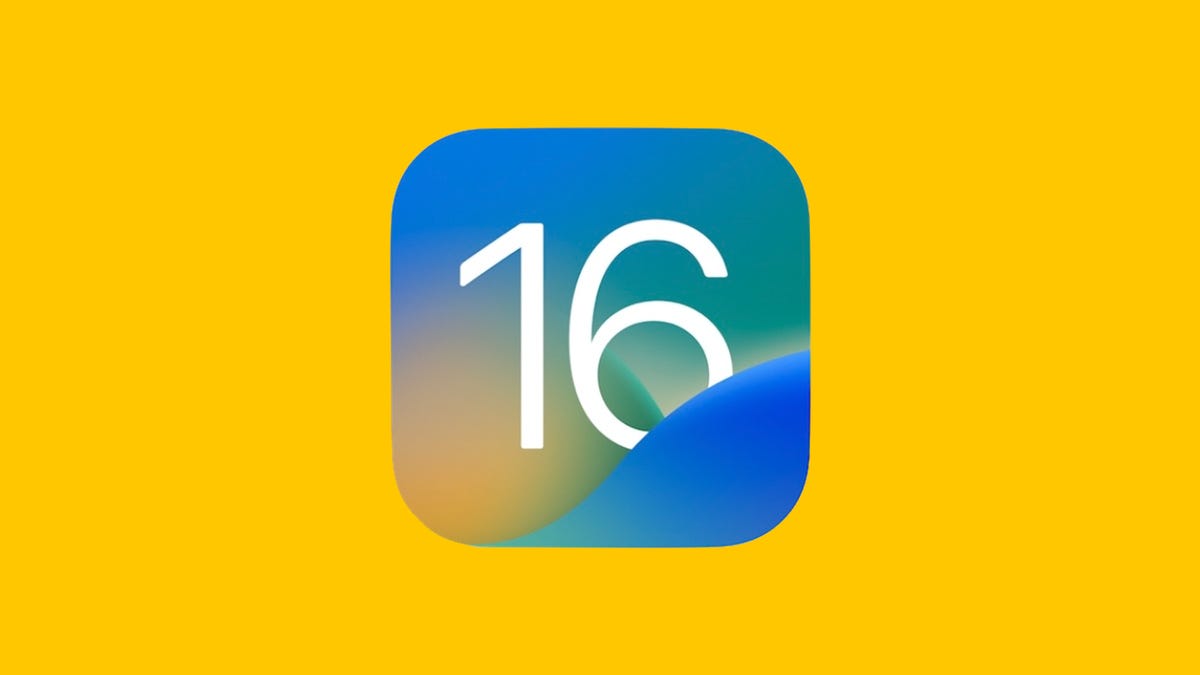
Apple released iOS 16.4 beta 3 to public beta testers Wednesday, about a week after the company released the second iOS 16.4 public beta. This third beta means the wide unveiling of iOS 16.4 is probably close at hand. Beta testers can now try out new iOS features, like new emoji and updates to Apple Books.
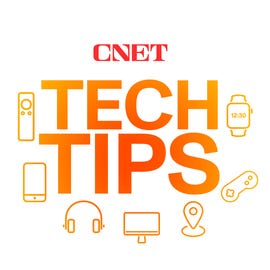

These features are available only to people who are a part of Apple’s Beta Software Program. New iOS features can be fun, but we recommend downloading a beta only onto something other than your primary phone, just in case the new software causes issues. Apple provides beta testers with an app called Feedback. The app lets testers notify Apple of any issues in the new software so the problem can be addressed before general release.
Here are some of the new features testers can find in the iOS 16.4 betas.
Apple ID and beta software updates
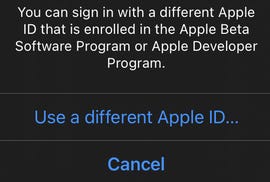

The latest beta lets you sign into another Apple ID to access other beta software.
Zach McAuliffe/CNETWith the third iOS 16.4 beta, developers and beta testers can check whether their Apple ID is associated with the developer beta, public beta or both. If you have a different Apple ID, like one for your job, that has access to beta updates, iOS 16.4 beta 3 also lets you switch to that account from your device.
Apple Books updates
The iOS 16.4 beta 2 update brings the page-turn curl animation back to Apple Books, after it was removed in a previous iOS update. Before, when you turned a page in an e-book on your iPhone, the page would slide to one side of your screen or it would vanish and be replaced by the next page. Beta testers can still choose these other page-turn animations in addition to the curl animation.
With iOS 16.4 beta 3, a new popup appears when you open Apple Books for the first time after downloading the update. It lets you know you can change your page-turn animation, theme and more.
31 new emoji
The first iOS 16.4 beta software brought 31 new emoji to your iOS device. The new emoji include a new smiley; new animals, like a moose and a goose; and new heart colors, like pink and light blue.
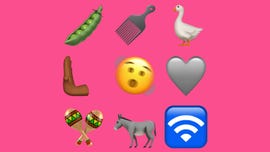

Some of the new emoji released in the first iOS 16.4 beta.
Patrick Holland/CNETThe new emoji all come from Unicode’s September 2022 recommendation list, Emoji 15.0.
Apple Podcasts updates
The first beta brought a few changes to how you navigate Apple Podcasts. Now you can access podcast channels you subscribe to in your Library. You can also use Up Next to resume podcast episodes you’ve started, start episodes you’ve saved and remove episodes you want to skip.
Preview Mastodon links in Messages
Apple’s first iOS 16.4 beta enabled rich previews of Mastodon links in Messages. That’s good because Mastodon saw a 400% increase in the rate of new accounts in December, so you might be receiving Mastodon links in Messages.
Music app changes
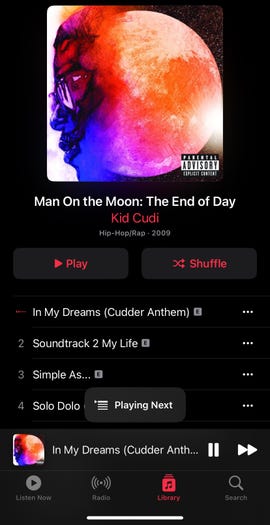

A small banner appears at the bottom of the screen when you choose to play a song next in Apple Music in the frst iOS 16.4 beta.
Zach McAuliffe/CNETThe Music interface has been slightly modified in the first iOS 16.4 beta. When you add a song to your queue, a small banner appears near the bottom of your screen instead of a full-screen pop-up.
See who and what is covered under AppleCare
Starting with iOS 16.4 beta 1, you could go to Settings to check who and what devices are covered on your AppleCare plan. With iOS 16.4 beta 2, this menu will show you a small icon next to each device that’s covered under AppleCare.
Focus Mode, Shortcuts and always-on display
If you have an iPhone 14 Pro or Pro Max, iOS 16.4 beta 1 lets you enable or disable the always-on display option with certain Focus Modes. A new option in Shortcuts called Set Always on Display was also added, in addition to new Lock Screen and Set VPN actions.
New Apple Wallet widgets
You can add three new order-tracking widgets for Apple Wallet to your home screen with the first iOS 16.4 beta. Each widget displays your tracking information on active orders, but the widgets are different sizes: small, medium and large.
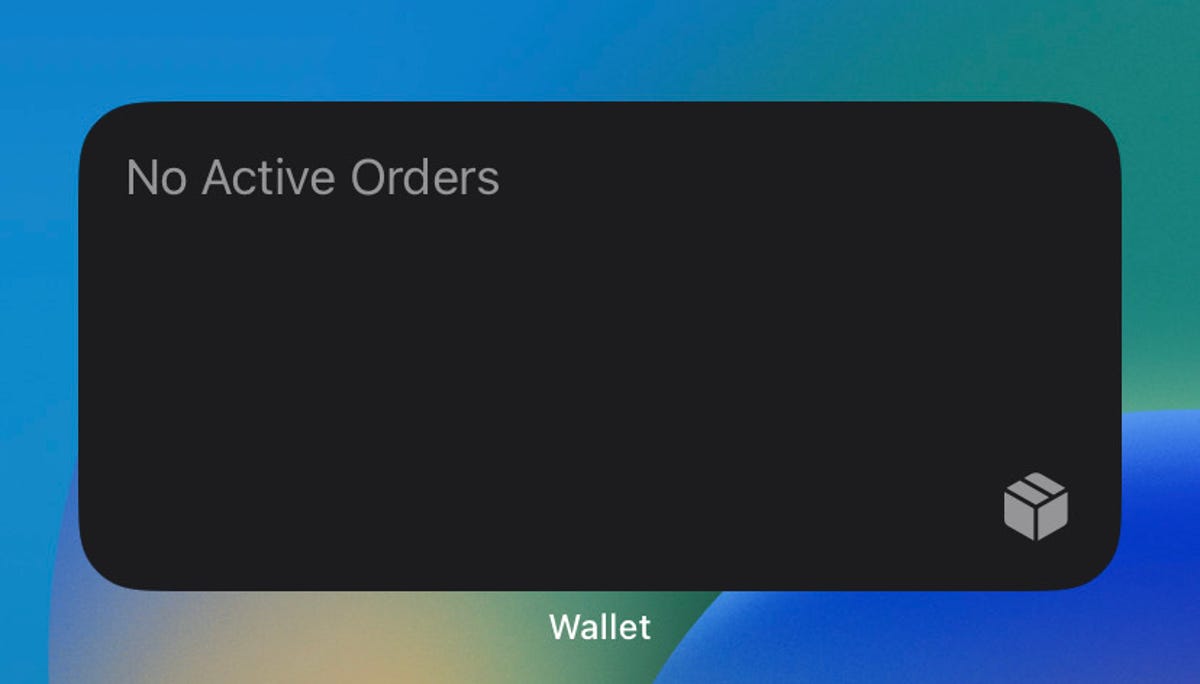

The medium-size Apple Wallet order tracking widget takes up three tile spaces on your iPhone’s screen.
Zach McAuliffe/CNETMore accessibility options
The first beta update added a new accessibility option, too. The new option is called Dim Flashing Lights, and it can be found in the Motion menu in Settings. The option’s description says video content that depicts repeated flashing or strobing lights will automatically be dimmed. Video timelines will also show when flashing lights will occur.
New keyboards, Siri voices and language updates
The first iOS 16.4 beta added keyboards for the Choctaw and Chickasaw languages, and there are new Siri voices for Arabic and Hebrew. Language updates have also come to Korean, Ukrainian, Gujarati, Punjabi and Urdu.
There’s no word on when iOS 16.4 will be released to the general public. There’s no guarantee these beta features will be released with iOS 16.4, or that these will be the only features released with the update.
For more, check out how to become an Apple beta tester, what was included in iOS 16.3.1 and features you may have missed in iOS 16.3.
Technologies
Chrome Autofill Now Supports Passport, Driver’s License and Vehicle Info
Soon, you’ll never need to remember anything ever again.
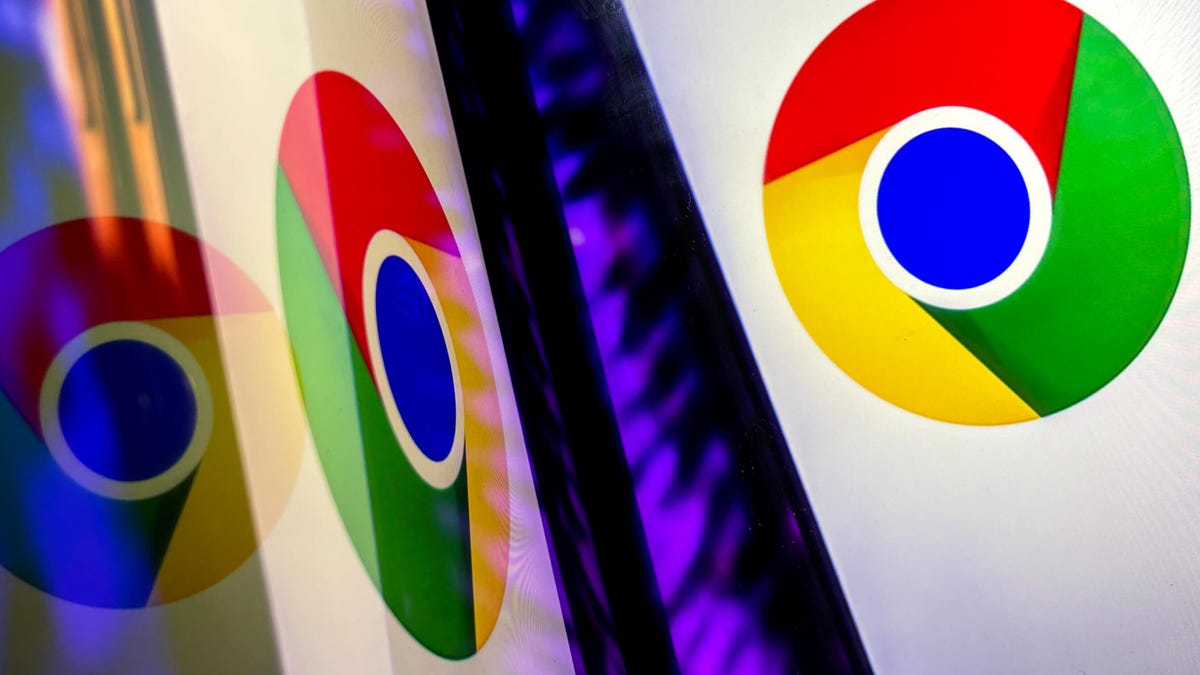
Computer users are accustomed to web browsers autofilling everything from names and addresses to credit card numbers. Now, Google Chrome is adding new enhanced autofill options that allow users to automatically populate fields for passports, driver’s licenses, and their vehicle’s license plate or VIN, Google said in a blog post on Monday.
Desktop users must choose to turn on the feature, which is called enhanced autofill. Otherwise, it stays off. To turn it on, open Chrome, and at the top right of your browser, select more, then settings, then autofill and passwords. Finally, choose enhanced autofill and turn it in.
Google says Chrome now can «better understand complex forms and varied formatting requirements, improving accuracy across the web.» The company also says that enhanced autofill will be «private and secure.»
This enhanced autofill update is available in all languages, and more data options will be supported in the coming months.
A representative for Google said the company had no additional comment.
Don’t miss any of our unbiased tech content and lab-based reviews. Add CNET as a preferred Google source.
Chrome is a critical component in Google’s business. The web browser, currently the most popular in the world with a 73% market share, according to GlobalStats, provides the company with valuable user data that it uses to sell advertising. Advertising is how Google makes the majority of its revenues. New features help keep users loyal to Chrome, making it more difficult for them to switch to other browsers, including those from companies like Perplexity and OpenAI.
Technologies
Today’s NYT Connections: Sports Edition Hints and Answers for Nov. 4, #407
Here are hints and the answers for the NYT Connections: Sports Edition puzzle for Nov. 4, No. 407.
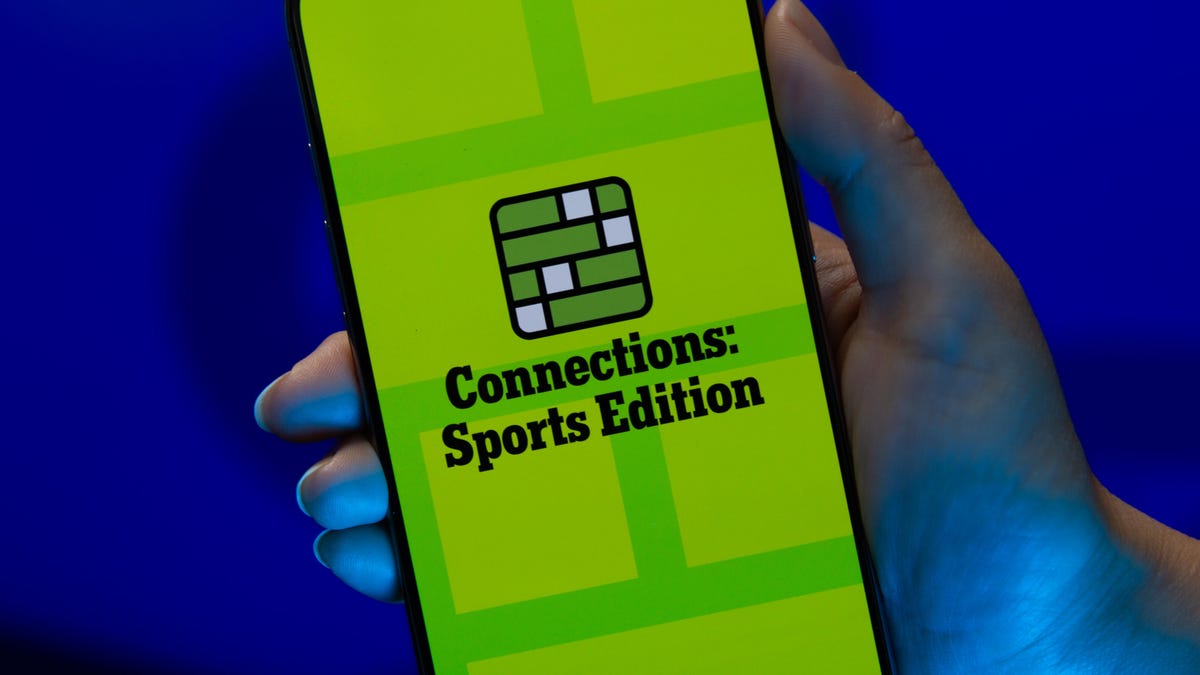
Looking for the most recent regular Connections answers? Click here for today’s Connections hints, as well as our daily answers and hints for The New York Times Mini Crossword, Wordle and Strands puzzles.
Today’s Connections: Sports Edition is a tough one. The Connections: Sports Edition puzzle makers will never run out of categories because they have discovered they can just pick one athlete and make a connections group out of four facts about that person. They do that today with the blue category, so if you don’t know that one player, you’re out of luck. If you’re struggling but still want to solve it, read on for hints and the answers.
Connections: Sports Edition is published by The Athletic, the subscription-based sports journalism site owned by the Times. It doesn’t show up in the NYT Games app but appears in The Athletic’s own app. Or you can play it for free online.
Read more: NYT Connections: Sports Edition Puzzle Comes Out of Beta
Hints for today’s Connections: Sports Edition groups
Here are four hints for the groupings in today’s Connections: Sports Edition puzzle, ranked from the easiest yellow group to the tough (and sometimes bizarre) purple group.
Yellow group hint: Get up and go!
Green group hint: College hoops.
Blue group hint: Famous basketball player.
Purple group hint: Not fair, but…
Answers for today’s Connections: Sports Edition groups
Yellow group: Energy.
Green group: Men’s college basketball teams with the most championships.
Blue group: Associated with Damian Lillard.
Purple group: Foul ____.
Read more: Wordle Cheat Sheet: Here Are the Most Popular Letters Used in English Words
What are today’s Connections: Sports Edition answers?
The yellow words in today’s Connections
The theme is energy. The four answers are pep, verve, vigor and zip.
The green words in today’s Connections
The theme is men’s college basketball teams with the most championships. The four answers are Kentucky, UCLA, UCONN and UNC.
The blue words in today’s Connections
The theme is associated with Damian Lillard. The four answers are 0, Dame Time, Trail Blazers and Weber State.
The purple words in today’s Connections
The theme is foul ____. The four answers are out, shot, territory and tip.
Technologies
Today’s NYT Mini Crossword Answers for Tuesday, Nov. 4
Here are the answers for The New York Times Mini Crossword for Nov. 4.

Looking for the most recent Mini Crossword answer? Click here for today’s Mini Crossword hints, as well as our daily answers and hints for The New York Times Wordle, Strands, Connections and Connections: Sports Edition puzzles.
Need some help with today’s Mini Crossword? There are a few tricky clues, so read on for the answers. And if you could use some hints and guidance for daily solving, check out our Mini Crossword tips.
If you’re looking for today’s Wordle, Connections, Connections: Sports Edition and Strands answers, you can visit CNET’s NYT puzzle hints page.
Read more: Tips and Tricks for Solving The New York Times Mini Crossword
Let’s get to those Mini Crossword clues and answers.
Mini across clues and answers
1A clue: Quickly fall asleep after a long day
Answer: CRASH
6A clue: 1/16 of a pound
Answer: OUNCE
7A clue: Where chess, shampoo and the number zero were invented
Answer: INDIA
8A clue: Uproar
Answer: FUROR
9A clue: Opposite of saved
Answer: SPENT
Mini down clues and answers
1D clue: Fancy hairdos
Answer: COIFS
2D clue: Period preceding a big event
Answer: RUNUP
3D clue: Tennis great Agassi
Answer: ANDRE
4D clue: Descendant of a wealthy family
Answer: SCION
5D clue: Symbol for «like» on Instagram
Answer: HEART
-

 Technologies3 года ago
Technologies3 года agoTech Companies Need to Be Held Accountable for Security, Experts Say
-

 Technologies3 года ago
Technologies3 года agoBest Handheld Game Console in 2023
-

 Technologies3 года ago
Technologies3 года agoTighten Up Your VR Game With the Best Head Straps for Quest 2
-

 Technologies4 года ago
Technologies4 года agoVerum, Wickr and Threema: next generation secured messengers
-

 Technologies4 года ago
Technologies4 года agoBlack Friday 2021: The best deals on TVs, headphones, kitchenware, and more
-

 Technologies4 года ago
Technologies4 года agoGoogle to require vaccinations as Silicon Valley rethinks return-to-office policies
-

 Technologies4 года ago
Technologies4 года agoOlivia Harlan Dekker for Verum Messenger
-

 Technologies4 года ago
Technologies4 года agoiPhone 13 event: How to watch Apple’s big announcement tomorrow
